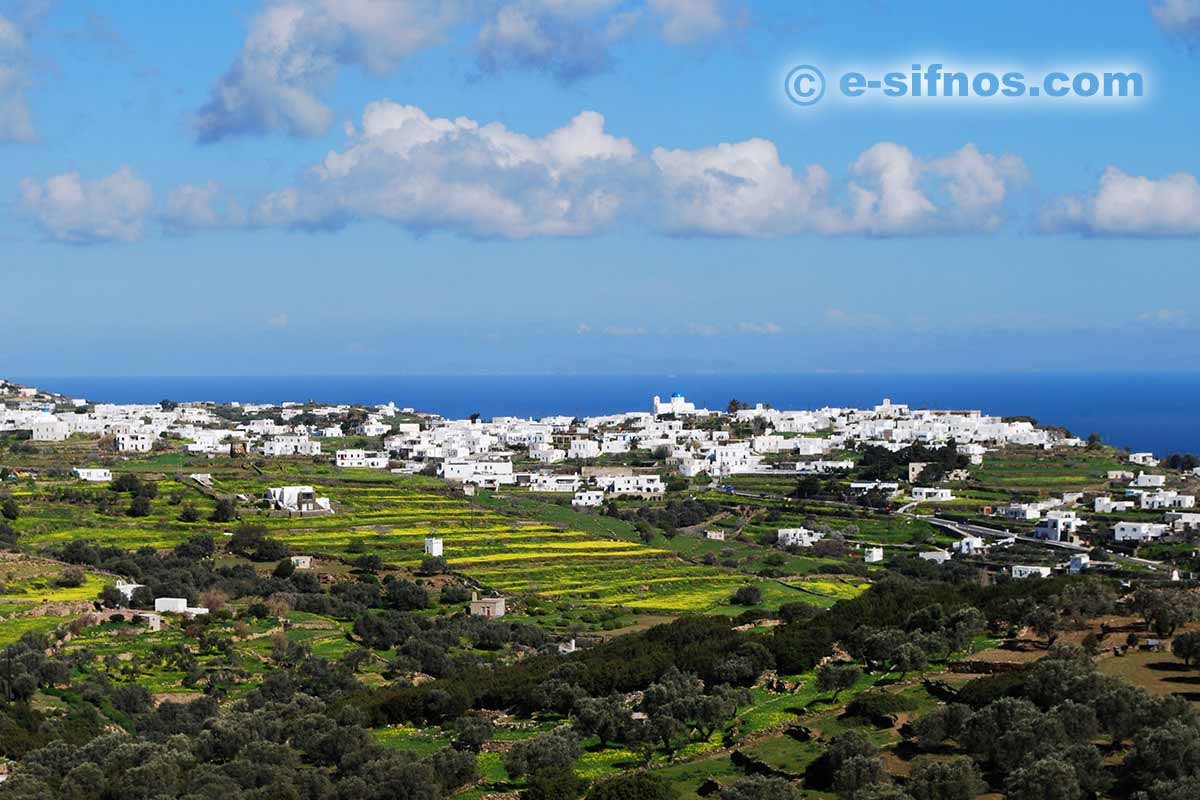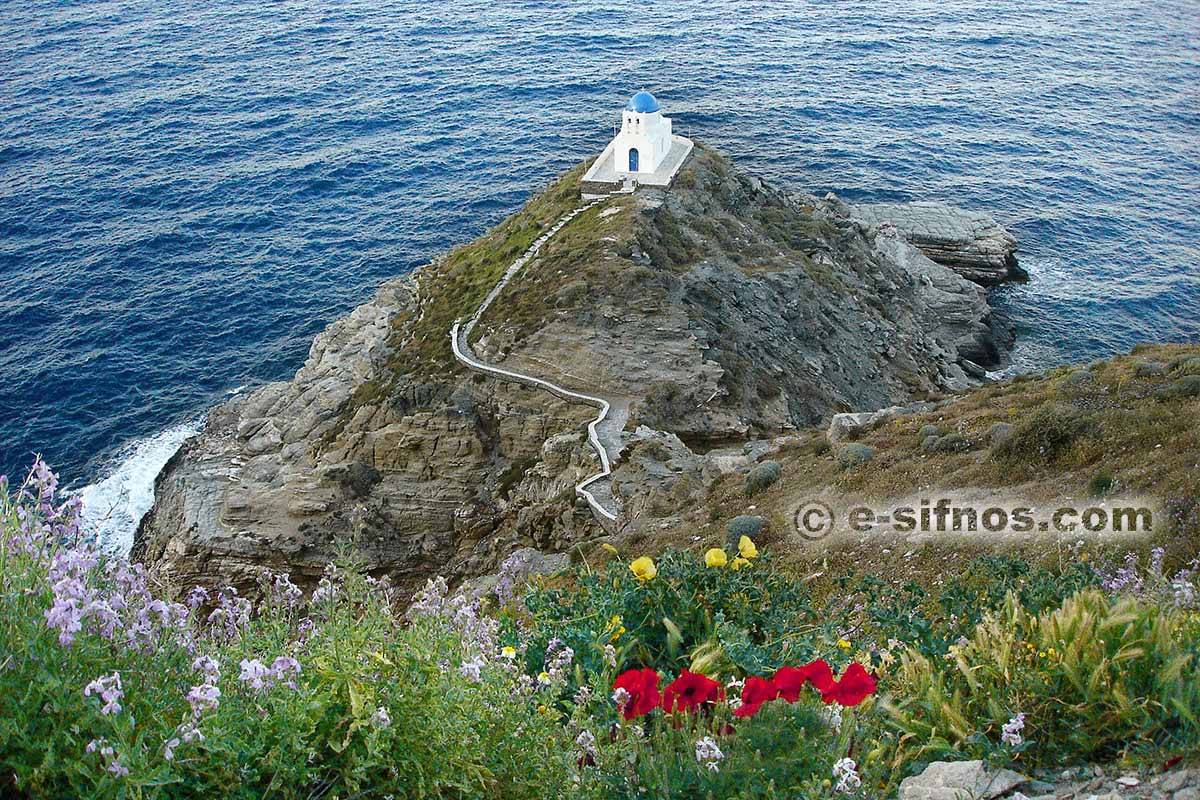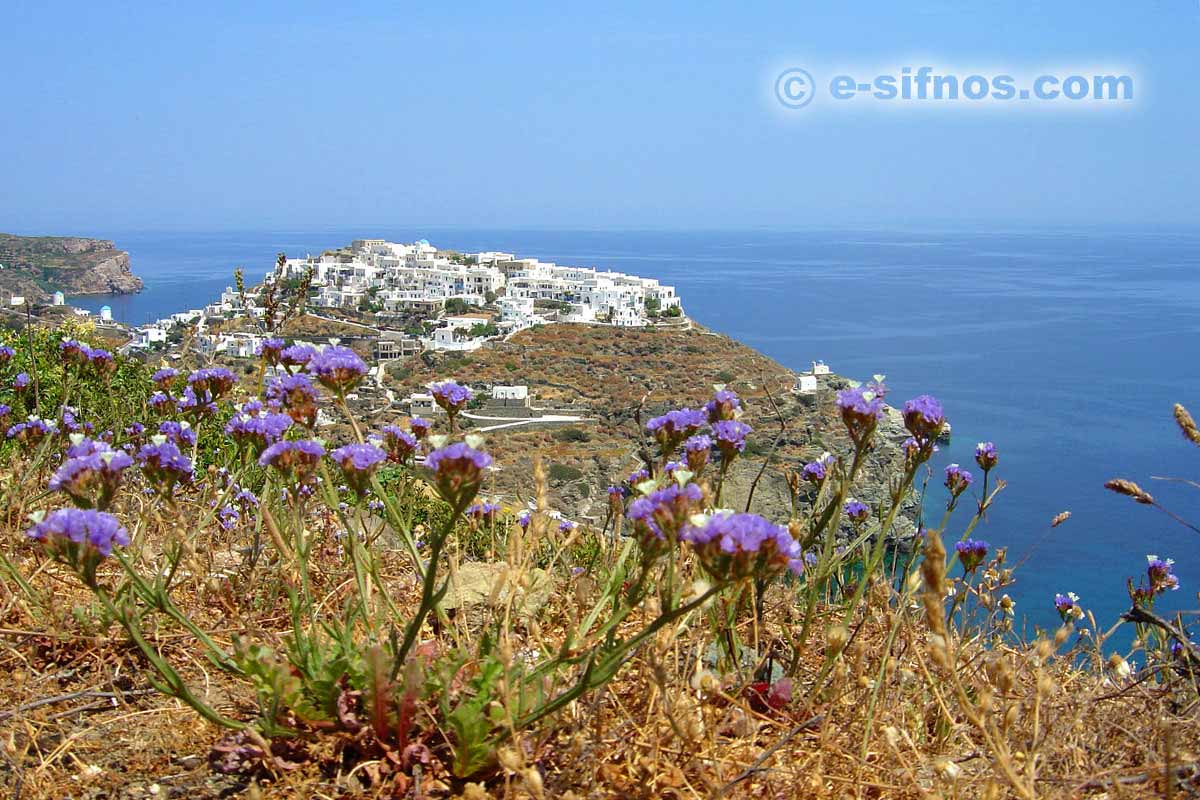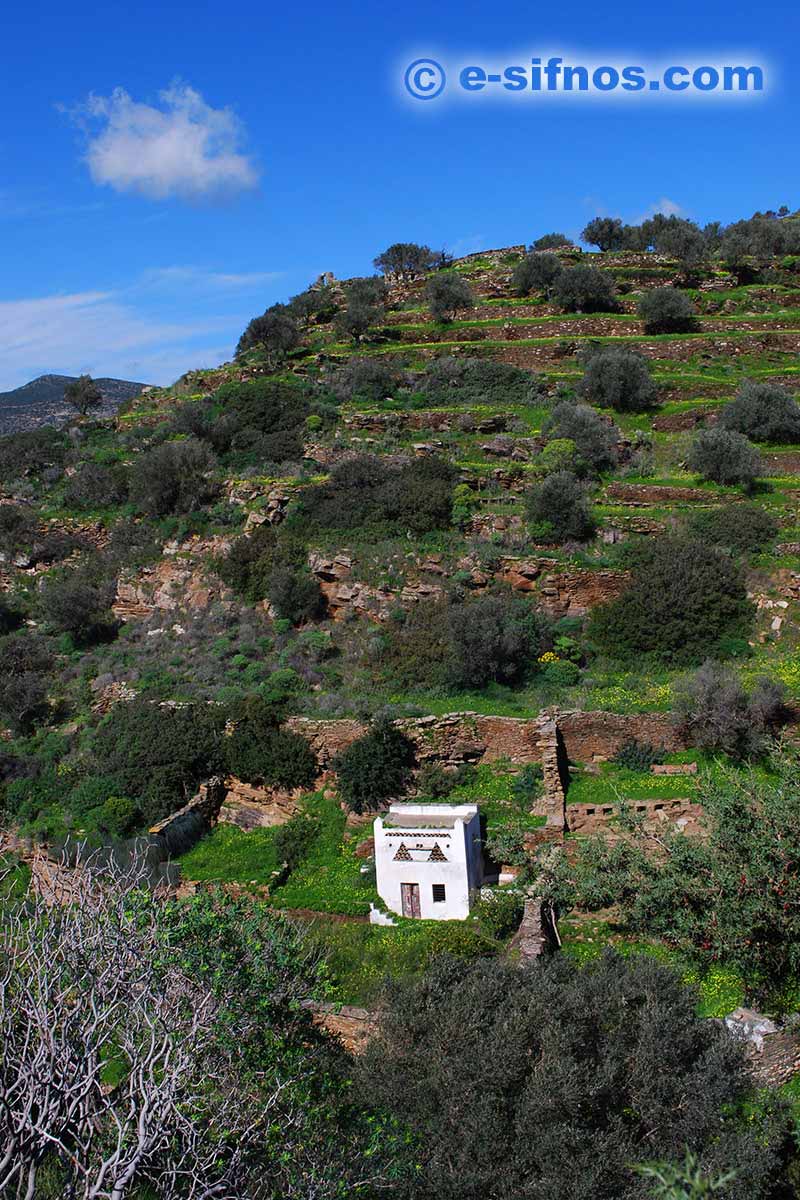Easter in Sifnos
Tradition and customs that you will see in Sifnos
Orthodox Easter: April 20 2025, April 12 2026
Orthodox Easter
Orthodox Easter is a festival and holiday celebrating the resurrection of Jesus Christ from the dead, described in the New Testament as having occurred on the third day of his burial after his crucifixion by Romans at Calvary c. 30 AD. It is the culmination of the Passion of Christ, preceded by Lent (or Great Lent), a forty-day period of fasting, prayer, and penance.
The week before Easter is called Holy Week, and it contains the days of the Easter Triduum, including Maundy Thursday, commemorating the Maundy and Last Supper, as well as Good Friday, commemorating the crucifixion and death of Jesus.
The preparations for Easter in Sifnos start early and the island wears its best! In the settlements, volunteers and housewives (the so-called “chiones”, snow-whites) whitewash the houses and the chapels and “refresh” the joints of the paved streets, so that everything is shiny and ready to welcome the joyful message of the Resurrection. Nature, present in this great celebration, paints the mountain slopes with colorful wildflowers and poppies. Religious traditions and celebrations are dominant in all settlements of the island.
Preparations – the island dresses in white
Early on, the whitewashing of houses, courtyards, and alleys begins. Volunteers and homeowners refresh the grout in the cobbled streets, while chapels and churches are decorated to welcome the joyful message of the Resurrection.

At the same time, spring spreads its colors, and the island blooms with poppies, daisies, and violets. If you are a lover of nature and hiking, this is the perfect season to explore, as the temperature is ideal and the landscape is breathtaking.
Traditions and customs
Easter in Sifnos is a celebration that locals generously share with visitors. Throughout Holy Week, churches fill with worshippers, and solemn services take place in every village.
Holy Thursday – The Easter Birds. In the morning, the island’s bakeries are filled with enticing aromas. They bake "birds," a traditional sweet bread shaped like a bird or animal and decorated with a red egg. Be sure to try them!
Good Friday – Epitaphios and "Kapsaloi". The procession of the Epitaphios in every village is a deeply moving experience. In Kato Petali, tradition calls for large bonfires (known as "kapsaloi") to be lit, creating a spectacular backdrop for the procession.
In Kastro, the Epitaphios winds through the narrow alleys and ends at the two small chapels of the picturesque cemetery. In Kamares, if the weather permits, the procession even continues by sea!
In every village, men carry the Epitaphios while worshippers pass underneath for blessings and good fortune.
Holy Saturday – The Aroma of Mastelo The preparation of the traditional mastelo begins at noon. The lamb or goat is seasoned with dill, washed only with red wine, and placed on vine branches in a clay pot, the mastelo, where it is slowly cooked in its own steam.
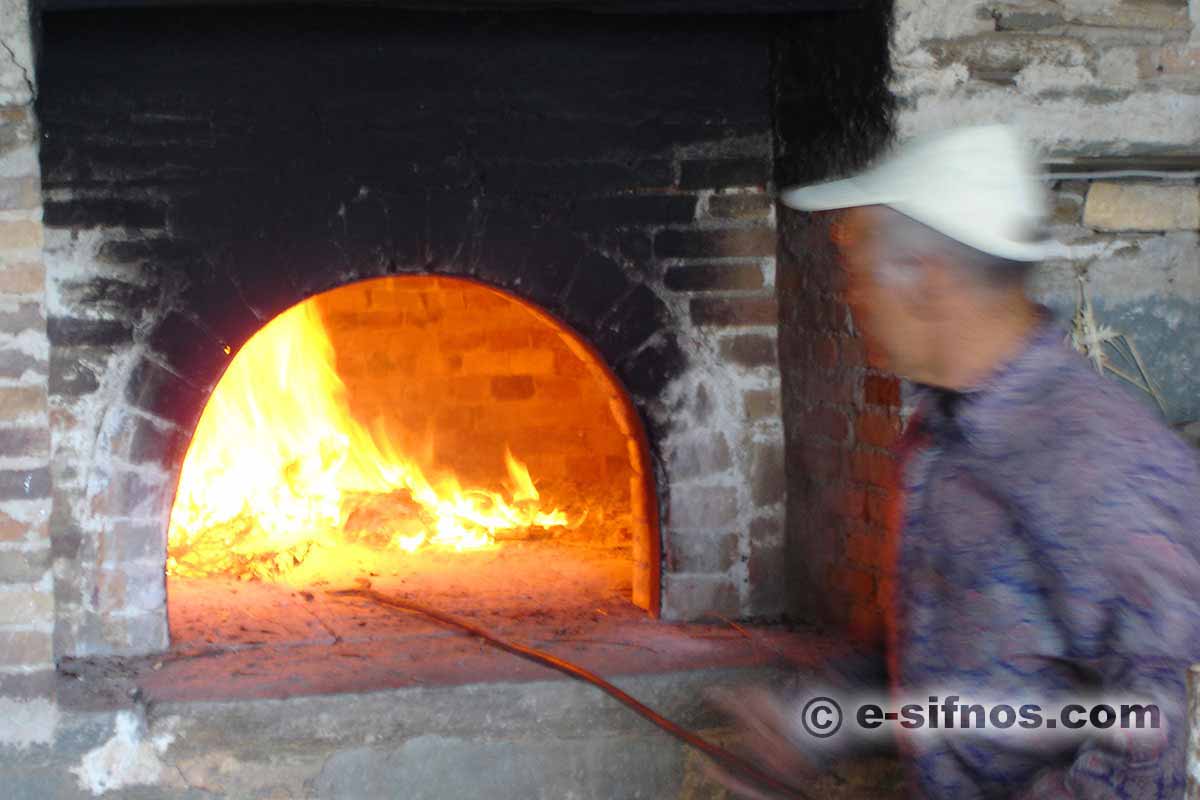
At night, the Resurrection service fills the churches with light, and the alleys of Sifnos are filled with the scent of roasting mastelo. As soon as the priest proclaims "Christ is Risen," the sky is illuminated with fireworks launched by the congregations of nearby churches. For the best view, head to Agios Ioannis in Pano Petali and witness Kastro, Apollonia, Katavati, and Exambela "resurrecting"!

Easter Sunday – Festivities and the Burning of Judas At noon, at the Monastery of Vrissi, the Agape Vespers take place, where the Gospel is read in multiple languages. The priest distributes red eggs to the congregation, and the celebration begins!
In the afternoon, the square of Apollonia or Artemonas fills with people as the burning of Judas takes place. A life-sized effigy is set ablaze in a festive atmosphere!
Traditional games such as "tsounia" (a type of bowling) and "kounistria" (a swinging game once associated with romance and Easter courtships) are also revived.
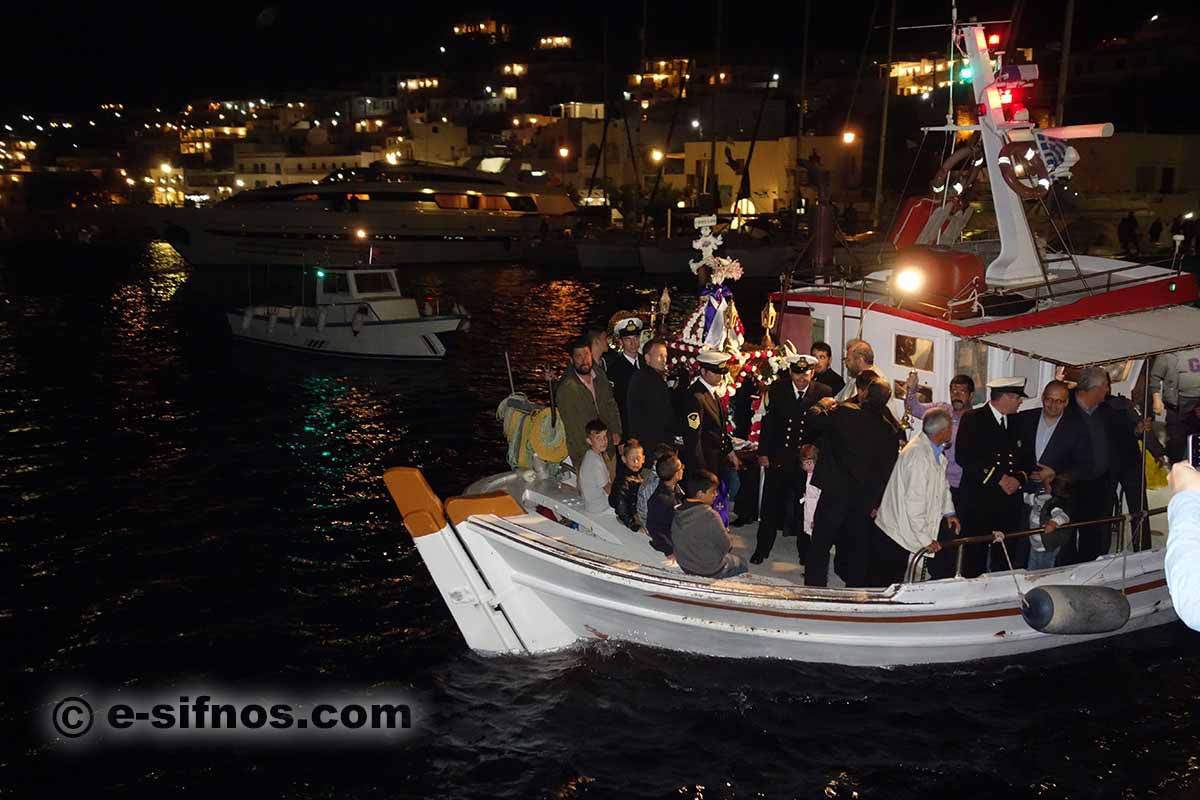
Entertainment and nightlife
If you’re not particularly interested in religious traditions, don’t worry! Easter in Sifnos also has a vibrant nightlife.
Cafés, bars, and restaurants remain open and lively. In the alleys of Apollonia, bars stay open until the early hours, while many taverns host live music nights.
If the weather permits, don’t forget to bring your swimsuit for a refreshing first swim of the season!
Springtime in Sifnos – A hiker’s paradise
Nature is at its best this time of year. The lush green landscape, purple and white immortelles, blooming broom plants, and the last of the anemones create a magical setting. If you love hiking, this is the best time to explore the island’s trails. The days are long, the temperature is perfect, and every path offers breathtaking scenery.
Tip: Don’t forget to bring comfortable hiking shoes!
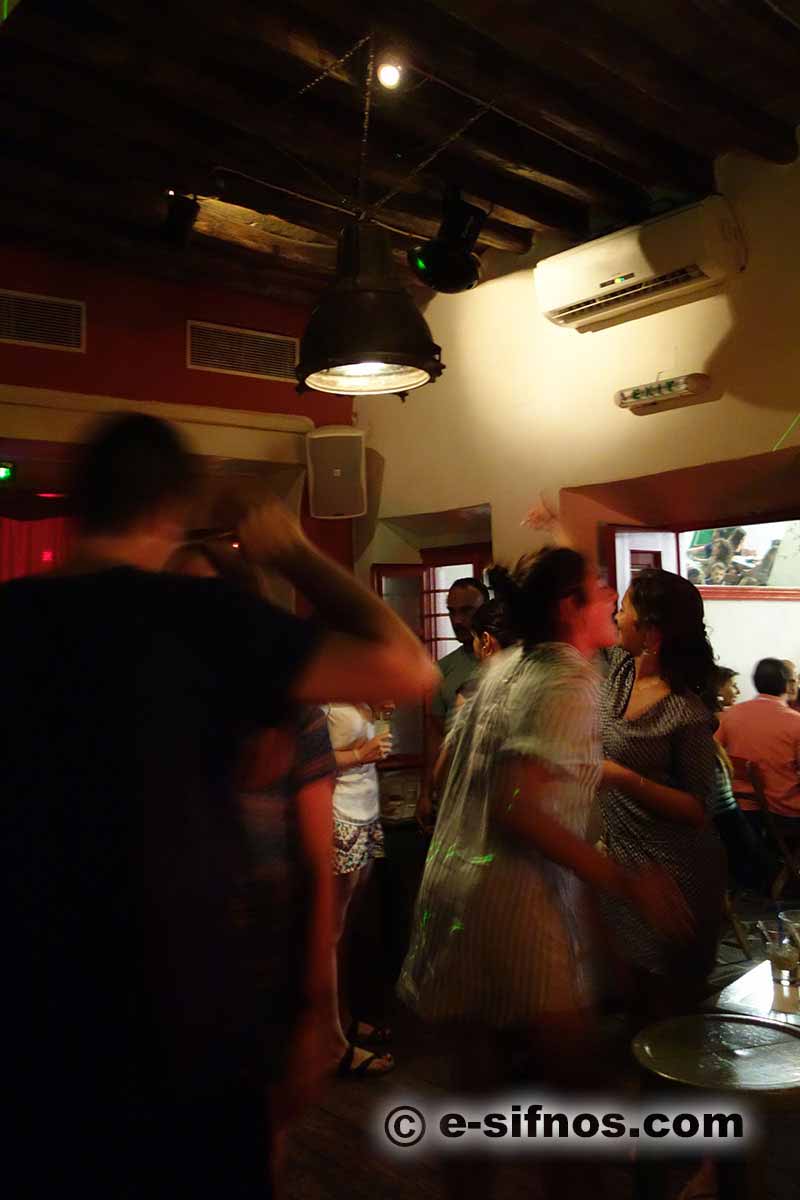
Why Experience Easter in Sifnos?
It’s an experience that combines spirituality, tradition, gastronomy, and festivities. Whether you want to experience an authentic island Easter or simply relax in a lush landscape, Sifnos promises an unforgettable journey.
We look forward to welcoming you to Sifnos next Easter!
Gallery
